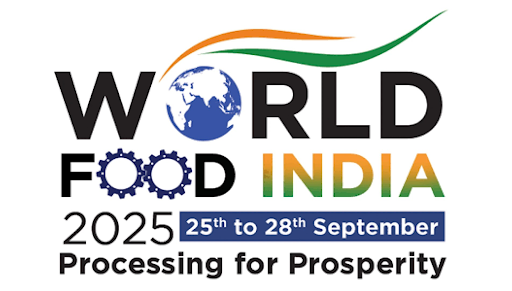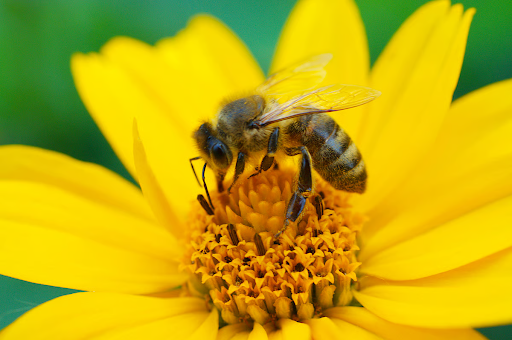





Disclaimer: Copyright infringement is not intended.
The Union Cooperation Minister highlighted the negative impacts of chemical fertilisers.
It is a production system that prohibits the use of synthetically produced agro-inputs (fertilisers and pesticides). Instead, it relies on organic material (such as crop residues, animal residues, legumes, bio-pesticides) for “maintaining soil productivity and fertility.
Certification of organic farming is either done through the Participatory Guarantee System (PGS) or third-party certification by the Agriculture Processed Food and Export Development Authority (APEDA) in the Ministry of Commerce.
Paramparagat Krishi Vikas Yojana (PKVY)

Which are the major crops cultivated under organic farming in India?
Positive and Negative impacts of organic farming
|
|
Positive |
Negatives |
|
Yields |
●Initial Drop: Conversion from conventional to organic farming typically results in reduced yields for the first 2-3 years. ●Long-Term: Once soil biological activity is restored, yields can become comparable to conventional methods. |
●Yield outcomes vary based on site-specific and agroecological conditions. ●Long-term studies, like those by ICAR, show mixed results; some crops benefit, while others see yield reductions. |
|
Income |
●Premium Prices: Organic products can fetch higher prices. ●Employment Potential: Greater employment opportunities could arise from the labor-intensive nature of organic farming. |
●Market access and certification issues may limit benefits. ●The certification process can be expensive and complex, particularly for small farmers. ●Organic farming can be labor-intensive and may involve higher costs for organic inputs, impacting profitability.
|
|
Gender empowerment |
●It has enhanced the economic stability and agency of rural women in India.
|
●Women face challenges such as lack of knowledge, additional workload, insufficient investment, and limited access to premium markets. |
|
Soil health |
●Soil Health: Improves soil physical, chemical, and biological properties through practices like crop rotation, composting, and the use of biofertilizers. ●Dryland Farming: Particularly beneficial for semi-arid and arid soils, enhancing their water retention and nutrient availability. |
None |
|
Water management |
●Reduce water runoff, erosion, and improve water infiltration through conservation techniques. |
None |
|
Emissions |
●Decreases CO2 emissions. |
None |
Chemical fertilisersAlso known as synthetic, inorganic, or artificial fertilizers, are used to improve crop yield by providing essential nutrients to plants. Types:(a) Nitrogenous fertilizers (N), (b) Phosphate fertilizers; (c) Potassic fertilizers. 1. Nitrogenous Fertilizers:(a) Nitrate fertilizers contain nitrogen in nitrate form; Ex: Sodium nitrate (16% N), Calcium nitrate (15.50% N); Potassium nitrate (13% N) are used worldwide. (b) Ammonical fertilizers contain nitrogen in ammonical form; Ex: Ammonium sulphate (20% N), Ammomum chloride (24-26% N), Diammonium phosphate (18% N) are widely used in India. 2. Phosphatic fertilizers :●It contain phosphate in highly soluble form (H2PO4) in water, and therefore are readily available to the plants e.g., Single superphosphate (SSP: 16-18% phosphate); Double super phosphate (DSP: 32% phosphate); Triple super phosphate (TSP: 42% phosphate).3. Potassic Fertilizers contain potassium:●Chief commercial ones are Potassium sulphate (50% K20), and the muriate of potash (60% K2O).●NPK are designed to supply all the three primary nutrients; where the respective percentage of nitrogen (N), phosphorus (P2O5), and potash (K2O) is maintained.e.g., NPK 15-15-15 grade means that the fertiliser contains 15 percent each of N, P2O5 and K2O.Difference between organic and inorganic fertilisers:
Disclaimer: No copyright infringement is intended.
Disadvantages of chemical fertilisers: ●The chemicals that enter our body through the use of fertilisers cause many types of diseases. ●It also reduces the quality of the land by reducing fertility. ●They can be costly for small farmers. ●It increases nitrate emissions. ●In many States in India the land has started becoming as hard as cement, due to which the risk of floods has also increased. |
The movement for organic farming has reached an important stage and cooperatives have an important role in making India the world’s largest organic food producing country.
Sources:
|
PRACTICE QUESTION Q. Organic farming has several advantages. However, crop yield, market access, labour intensive nature of activity, etc hinders the growth of organic farming in India. Critically discuss. ( 250 words)
|




© 2025 iasgyan. All right reserved